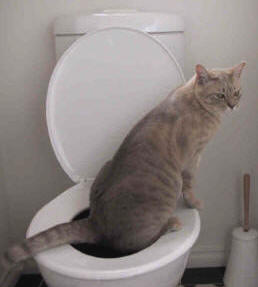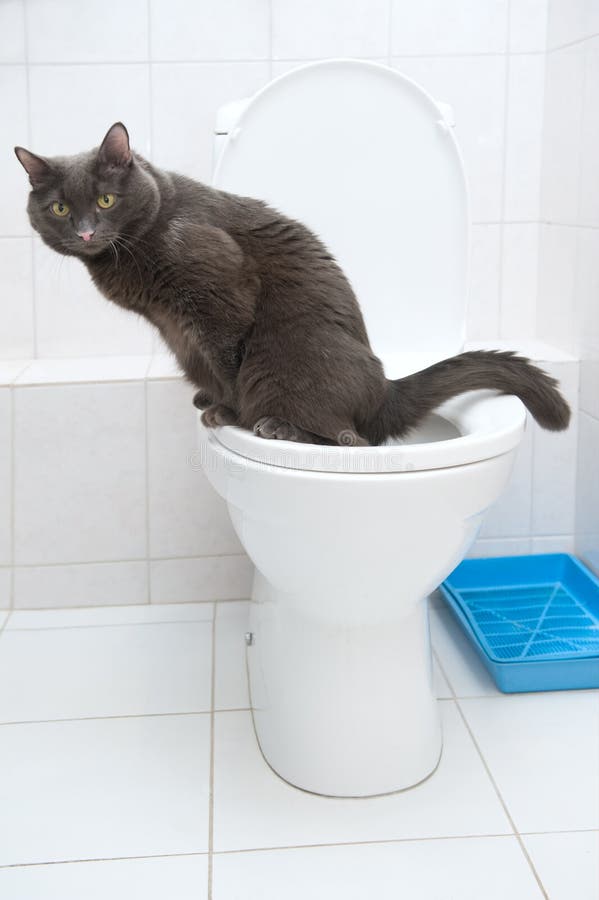Essential Considerations Regarding Flushing Animal Waste Down the Toilet
Essential Considerations Regarding Flushing Animal Waste Down the Toilet
Blog Article
They are making a few great pointers on 10 Things You Should Never Flush Down The Toilet overall in the content which follows.

When it pertains to dealing with waste, particularly animal waste, many people often resort to the convenient option of flushing it down the bathroom. Nevertheless, this apparently simple service can have major repercussions for the environment and public health. In this write-up, we'll discover why flushing animal waste down the commode is a poor idea and give different techniques for appropriate disposal.
Introduction
Proper waste disposal is critical for preserving environmental sustainability and public health. While it may seem harmless to flush animal waste down the toilet, it can lead to numerous concerns, both for the setting and human well-being.
Threats of flushing pet waste
Ecological effect
Purging animal waste introduces hazardous bacteria and microorganisms into waterways, which can adversely influence marine ecosystems. These virus can infect water sources and harm marine life, interrupting fragile ecological communities.
Public health worries
Animal waste includes unsafe bacteria such as E. coli and Salmonella, which can position severe health dangers to human beings. Purging pet waste down the commode can contaminate water materials, resulting in the spread of diseases and infections.
Alternatives to flushing
Rather than flushing pet waste down the bathroom, there are a number of different disposal methods that are extra environmentally friendly and hygienic.
Composting
Composting pet waste is an eco-friendly means to deal with it. By composting, raw material is broken down right into nutrient-rich soil, which can be made use of to fertilize gardens and plants.
Garbage dump disposal
Taking care of animal waste in a land fill is another choice. While not as eco-friendly as composting, it is a much safer option to flushing, as it stops the contamination of water resources.
Family pet garbage disposal systems
There are customized pet dog waste disposal systems offered that securely and hygienically throw away animal waste. These systems often utilize enzymes to break down waste and eliminate odors.
Actions to correct animal garbage disposal
To ensure appropriate disposal of pet waste, comply with these actions:
Scooping and nabbing waste
Regularly scoop and bag pet waste making use of naturally degradable bags. This protects against waste from infecting the environment.
Using designated waste containers
Dispose of bagged animal waste in designated waste bins, such as garden compost containers or land fill bins. Avoid flushing it down the commode at all prices.
Cleaning up can and family pet locations routinely
Routinely tidy can and pet locations to avoid the build-up of waste and check here microorganisms. Use pet-safe cleansing products to keep health.
Benefits of appropriate disposal techniques
Adopting correct disposal methods for animal waste uses several advantages:
Reduced environmental pollution
Proper disposal methods lower the danger of environmental pollution, safeguarding waterways and communities from contamination
Decreased threat of water contamination.
By avoiding flushing pet waste down the bathroom, the threat of water contamination is significantly decreased, protecting public health.
Enhanced sanitation and hygiene
Appropriate disposal approaches promote much better cleanliness and hygiene, creating a safer atmosphere for both human beings and animals.
Conclusion
Finally, flushing pet waste down the bathroom is unsafe to the atmosphere and public health. By taking on alternate disposal approaches and following appropriate waste administration techniques, we can minimize the adverse influence of animal waste and add to a cleaner, healthier earth.
What To Do With Dog Poo – The Do's And Don'ts Of Disposing Of Faeces
Dog poo bins
Some councils provide dedicated dog waste bins in popular dog-walking areas that can take dog poo that has been bagged but you can legally dispose of dog waste in any public litter bin, as long as it is securely bagged. This also applies to your wheelie bin at home.
Do not flush
Water companies do not recommend flushing dog faeces down the toilet because certain parasites can survive the water processing treatment and are potentially harmful to humans. You should also never consider flushing dog poo that has been bagged down the toilet as the bags will not break down and instead create severe blockages in the sewage system.
In the woods
The Forestry Commission promotes a ‘stick and flick’ method for dealing with waste in the woods. This means finding a stick and using it to flick any poo from off the path so that it is out of the way of other walkers. You could also bury it as long as it is not in an area where there might be livestock.
Livestock
Parasites found in dog poo can be transmitted to livestock if they inadvertently eat infected faeces that has been left on grazing land. This could result in the death of sheep or abortion in cattle so you should always make sure you pick up your dog’s waste in fields where livestock could be present.

Routinely tidy can and pet locations to avoid the build-up of waste and check here microorganisms. Use pet-safe cleansing products to keep health.
Benefits of appropriate disposal techniques
Adopting correct disposal methods for animal waste uses several advantages:
Reduced environmental pollution
Proper disposal methods lower the danger of environmental pollution, safeguarding waterways and communities from contamination
Decreased threat of water contamination.
By avoiding flushing pet waste down the bathroom, the threat of water contamination is significantly decreased, protecting public health.
Enhanced sanitation and hygiene
Appropriate disposal approaches promote much better cleanliness and hygiene, creating a safer atmosphere for both human beings and animals.
Conclusion
Finally, flushing pet waste down the bathroom is unsafe to the atmosphere and public health. By taking on alternate disposal approaches and following appropriate waste administration techniques, we can minimize the adverse influence of animal waste and add to a cleaner, healthier earth.
What To Do With Dog Poo – The Do's And Don'ts Of Disposing Of Faeces
Dog poo bins
Some councils provide dedicated dog waste bins in popular dog-walking areas that can take dog poo that has been bagged but you can legally dispose of dog waste in any public litter bin, as long as it is securely bagged. This also applies to your wheelie bin at home.
Do not flush
Water companies do not recommend flushing dog faeces down the toilet because certain parasites can survive the water processing treatment and are potentially harmful to humans. You should also never consider flushing dog poo that has been bagged down the toilet as the bags will not break down and instead create severe blockages in the sewage system.
In the woods
The Forestry Commission promotes a ‘stick and flick’ method for dealing with waste in the woods. This means finding a stick and using it to flick any poo from off the path so that it is out of the way of other walkers. You could also bury it as long as it is not in an area where there might be livestock.
Livestock
Parasites found in dog poo can be transmitted to livestock if they inadvertently eat infected faeces that has been left on grazing land. This could result in the death of sheep or abortion in cattle so you should always make sure you pick up your dog’s waste in fields where livestock could be present.

We were shown that report about Don't Flush Your Pets Poo Down The Loo, Vet Warns through an associate on our other website. Are you aware of another individual who is sincerely interested in 4 Reasons Why Dog Poop Cleanup is Important? Why not promote it. Thanks for being here. Revisit us soon.
Call Today Report this page